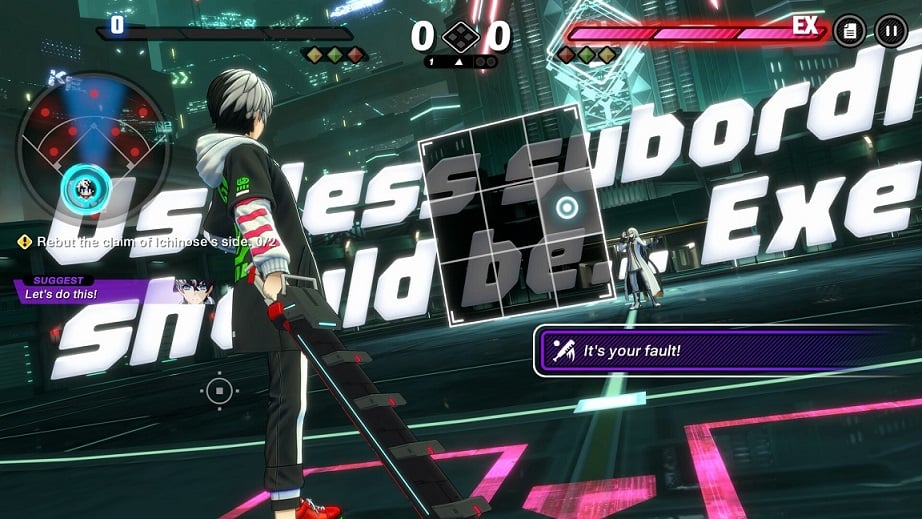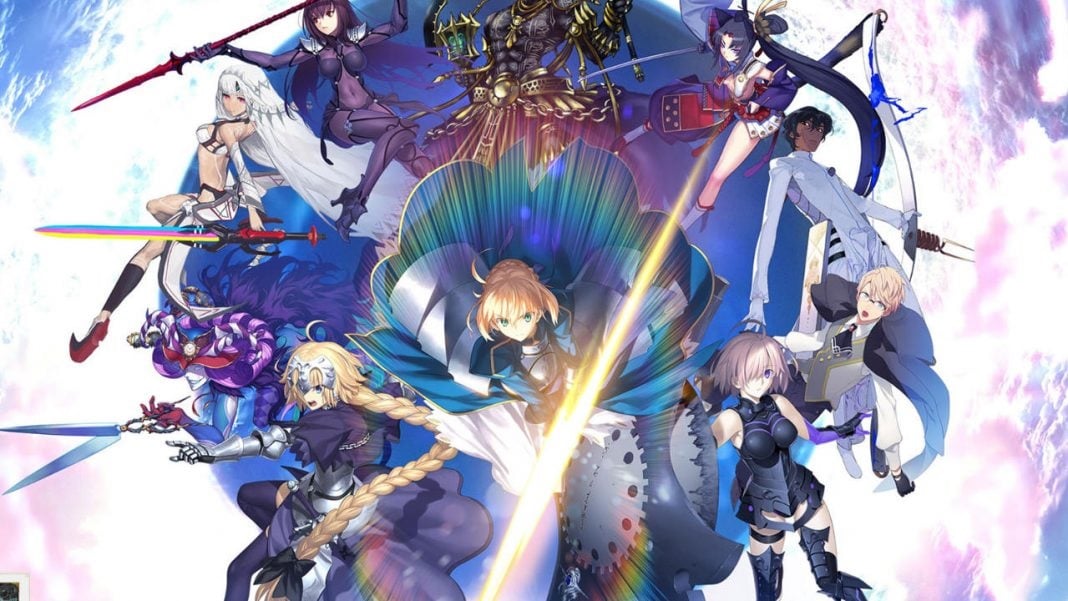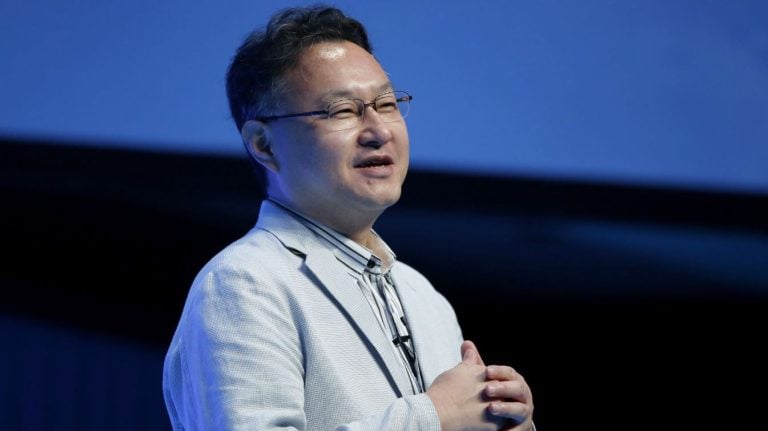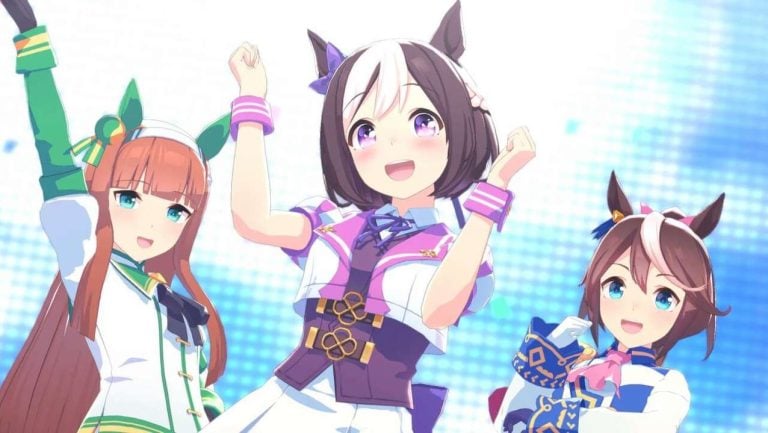While live-service mobile games were practically dominating the industry in the late 2010s, it seems like the model is slowly losing its momentum in the 2020s, at least in Japan. As the market grows oversaturated with countless takes on gacha monetization, gamers have started to observe that most such games don’t survive past 3 years of service, with those sticking around for longer being the “special cases” – but how much truth is there to it?
Ayashii Rinjin, a game writer who specializes in live-service and gacha games, recently shared a piece of their own research on the topic. According to their database which records almost 2,200 different live-service games, more than 70% of titles came to an end before stepping into their third year. Furthermore, their research reveals that it is most common for live-service games to reach EOS (end of services) in their second year.
Table translation:
| Ended services within 3 months (0~90 days) | 28 |
| Ended services within 6 months (91~182 days) | 163 |
| Ended services within 1 year (183~365 days) | 501 |
| Ended services within 2 years (366~730 days) | 554 |
| Ended services within 3 years (731~1095 days) | 295 |
| Ended services within 4 years (1096~1460 days) | 178 |
| Ended services within 5 years (1461~1825 days) | 135 |
| Ended services within 6 years (1826~2190 days) | 89 |
| Ended services within 7 years (2191~2555 days) | 69 |
| Ended services in more than 7 years (2556~ days) | 160 |
| Overall number of games that ended services | 2,172 |
| Number of games that ended services before entering their 3rd year | 1,541 |
| Percentage of games that ended services before entering their 3rd year | 70.9 |
| Number of games that ended services before entering their 1st year | 692 |
| Percentage of games that ended services before entering their 1st year | 31.9 |
Considering how the market has been evolving in the past years and the difficulties developers face when tackling projects as demanding as live-service games, these numbers don’t come as much of a surprise. With the market growing saturated and development costs rising year by year amidst a workforce shortage, even industry professionals are saying that the Japanese live-service game scene has reached a “sinking Titanic phase” – and in recent years, it seems like it’s been increasingly difficult to get even high-budget projects to kick it off.
Notably, Tribe Nine, developed by Akatsuki Games and supervised by Danganronpa’s developers, is set to end services less than a year after launch. Some games have seen their demise even sooner due to all kinds of complications, be it insufficient funding or an overly “predatory” monetization system. The latter hit an NFT-based game TOKYO BEAST which reached EOS barely two months after release, and there have been many more similar cases taking place over the years.

Looking at the data provided by Ayashii Rinjin, it’s easy to imagine that the managing of live-service games itself is pretty much a kind of gamble you have to go “all in” on – as it seems that there are more games that reach EOS within the first 6 months of launch compared to games that live on to reach their 6th or 7th year of service. You could call it “high-risk, high-reward,” but even if the developers are able to keep their game alive for 7 years or longer, that can sometimes turn out to be more of a curse than a blessing (excluding hits like FGO, which has been steadily operating for almost a decade).
Live-service games require many frequent updates to stay relevant and keep players engaged, but the more the game grows – the bigger burden is inevitably placed on the developers. For example, Square Enix’s mobile game Dragon Quest of the Stars announced its EOS after a 10-year-long run, with one of the main reasons being the numerous technical complications which arose due to the sheer volume and complexity of the game. As Japanese gacha game programmer and technical blogger Eihigh noted, “after 10 years of operation, a game’s code accumulates so much technical debt that it’s impossible to pay it back.”

With tough market competition and low prospects for survival, many devs have recently been making a shift from aggressive monetization towards a more player-oriented approach for live-service games. Furthermore, the debut of HoYoverse’s Genshin Impact in 2020 significantly raised the bar for gacha games in terms of gameplay and story depth, making its competitors (especially Japanese games) feel shallow in comparison.
Judging by how many big budget f2p games have been coming from China, it seems like the country’s developers will be taking the lead in this market shift. Studios like Hero Game (Duet Night Abyss) and Naked Rain (ANANTA), have recently announced that they would be removing gacha monetization completely, which might cause a greater change in the industry if proven to be successful. However, it is still yet to be seen whether Japanese developers will be open to make similar changes and how effective it would be in stabilizing the domestic live-service game market.
Related posts:





